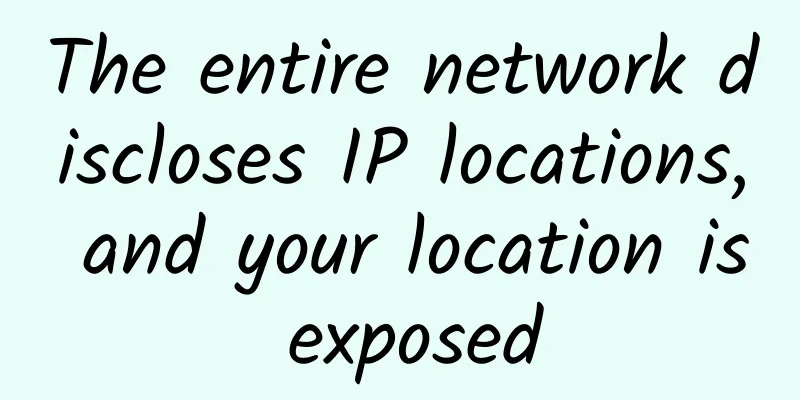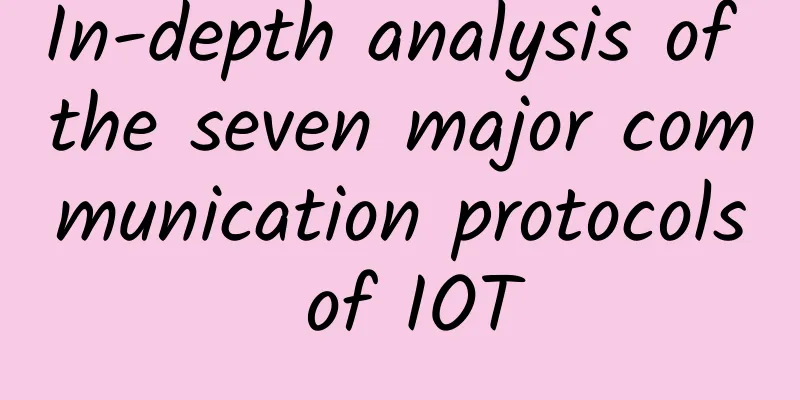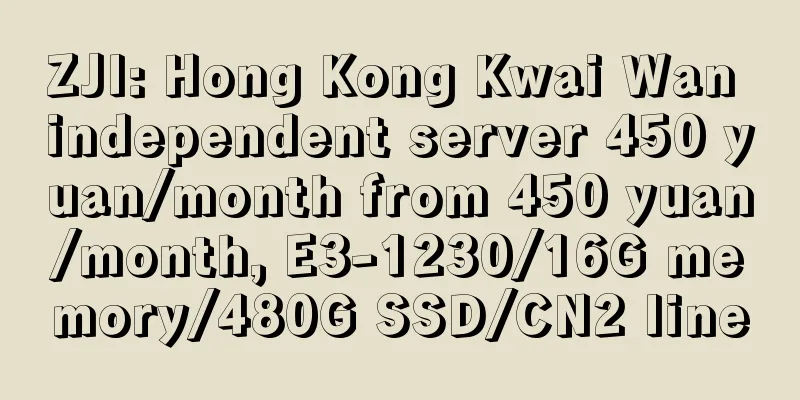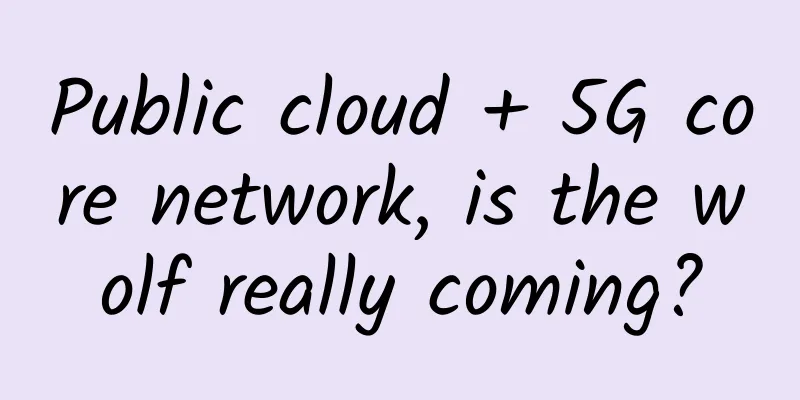Interviewer: How do you understand the TCP/IP protocol?

|
This article is reprinted from the WeChat public account "JS Daily Question", the author is Huihui. Please contact the JS Daily Question public account to reprint this article. 1. What isTCP/IP, Transmission Control Protocol/Internet Protocol, is a protocol suite that enables information transmission between multiple different networks.
A connection-oriented, reliable, byte-stream-based transport layer communication protocol
Protocol for packet-switched data networks The TCP/IP protocol does not only refer to the two protocols TCP and IP, but also refers to a protocol cluster consisting of FTP, SMTP, TCP, UDP, IP and other protocols. Just because TCP and IP are the most representative in TCP/IP, they are collectively called TCP/IP protocol suite (English: TCP/IP Protocol Suite, or TCP/IP Protocols). 2. DivisionThe TCP/IP protocol suite is divided into a five-layer system or a four-layer system The five-layer protocol structure is a protocol that combines the advantages of OSI and TCP/IP, including application layer, transport layer, network layer, data link layer and physical layer. The five-layer protocol architecture is only designed to introduce network principles. The actual application is still the TCP/IP four-layer architecture, including application layer, transport layer, network layer (internet layer), network interface layer As shown in the following figure: Five-layer systemApplication Layer The TCP/IP model combines the functions of the session layer, presentation layer, and application layer in the OSI reference model into an application layer implementation, providing services for different applications through different application layer protocols. Such as: FTP, Telnet, DNS, SMTP, etc. Transport Layer This layer corresponds to the transport layer of the OSI reference model and provides communication functions from the source end to the peer host for the upper layer entity. The transport layer defines two main protocols: Transmission Control Protocol (TCP) and User Datagram Protocol (UDP) The connection-oriented TCP protocol ensures the reliability of data transmission, and the connectionless UDP protocol enables simple and fast transmission of data packets. Network Layer Responsible for providing communication services for different hosts in the packet network and delivering data to the target host by selecting the appropriate route. When sending data, the network layer encapsulates the segments or user data generated by the transport layer into groups or packets for transmission. Data Link Layer When the data link layer transmits data between two adjacent nodes, it assembles the IP datagrams handed down by the network layer into frames and transmits the frames on the link between the two adjacent nodes. Physical Layer Ensure that data can be transmitted on various physical media, providing a reliable environment for data transmission Four-tier systemThe four-layer structure of TCP/IP is shown in the following table:
ConclusionThe differences between the OSI reference model and the TCP/IP reference model are as follows: Similarities:
Differences:
The corresponding relationship between the three models is shown in the following figure: References https://zh.wikipedia.org/wiki/TCP/IP%E5%8D%8F%E8%AE%AE%E6%97%8F https://zhuanlan.zhihu.com/p/103162095 https://segmentfault.com/a/1190000039204681 https://leetcode-cn.com/leetbook/detail/networks-interview-highlights/ https://vue3js.cn/interview |
<<: I heard that the client will disappear within three years.
Recommend
Payment platform: detailed explanation from gateway layer to data analysis layer
1. Payment architecture process 1. Gateway layer ...
5G message is coming, please check!
What is 5G messaging? Is it an upgraded version o...
How difficult it is to increase network speed and reduce fees
In response to the livelihood issue of "spee...
Five things you need to know about the current state of 5G
5G is a rare combination of national will and mar...
Combining AI and big data, the intelligent operation and maintenance platform helps Liulishuo improve its core competitiveness
High-quality content and customized services enha...
Accelerate the deployment of 6G, satellite Internet may become the key
In recent years, communication technology has dev...
The three-layer switch you know works like this
Why do we say that the Layer 3 forwarding perform...
In the first half of the year, Internet companies above designated size achieved business revenue of 695.1 billion yuan, a year-on-year increase of 25.6%.
Recently, the Ministry of Industry and Informatio...
Common status codes and usage scenarios in HTTP
Hello everyone, I am the front-end developer. Tod...
Empowering online learning, H3C University won the "Bio-Best Ecological Platform Application Award"
On November 19, 2020, the 12th CEFE China Enterpr...
Why is 6G research and development important in the digital economy era?
5G’s unfinished business needs to be completed by...
Single machine million TCP connection test source code
[[382120]] This article is reprinted from the WeC...
What happens if you apply for 8G memory on a machine with 4GB physical memory?
Hello everyone, I am Xiaolin. This morning I saw ...
Risks and opportunities in the 5G era
At the end of 2018, the 5G frequency allocation o...
Megalayer: 199 yuan/month-E3-1230/8GB/1TB (HDD) or 240G (SSD)/30M~1Gbps bandwidth/optional CN2
Megalayer was founded in 2019. It is a Chinese-ow...









